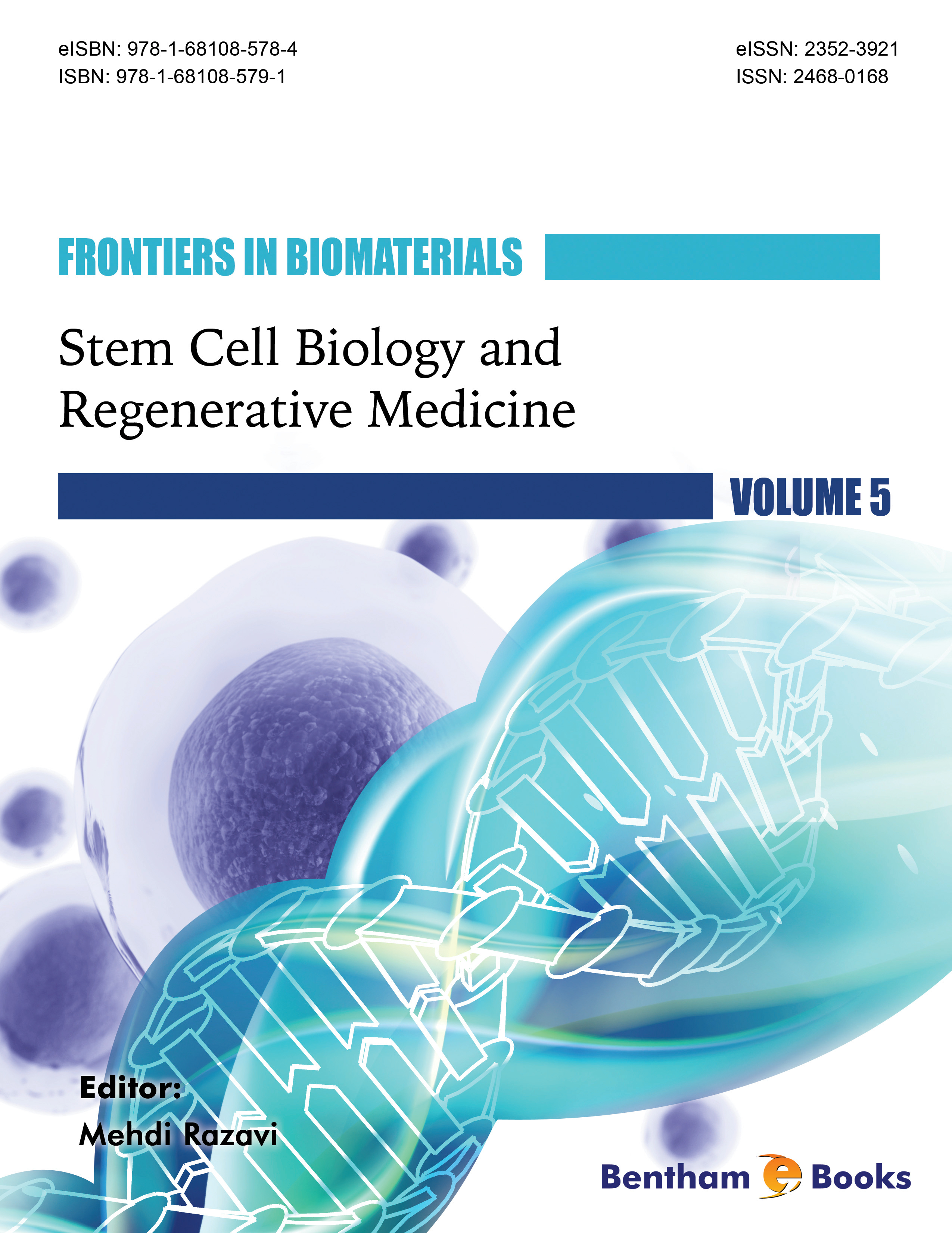Introduction
Tissue engineering is an interdisciplinary field which involves the fabrication of tissues by using a porous protein scaffold, cells and bioactive molecules. The aim of tissue engineering is to enhance medical applications and procedures. This volume introduces the reader to the basics of employing pluripotent stem cells in tissue engineering. Successive chapters present knowledge about relevant tissue engineering techniques in different medical and physiological specialties including dentistry, cardiovascular physiology, hepatology, nephrology, dermatology and orthopedics.
The text offers a wealth of information that will be of use to all students, bioengineers, materials scientists, chemists, physicians and surgeons concerned with the properties, performance, and the application of tissue engineering scaffolds in clinical settings.

